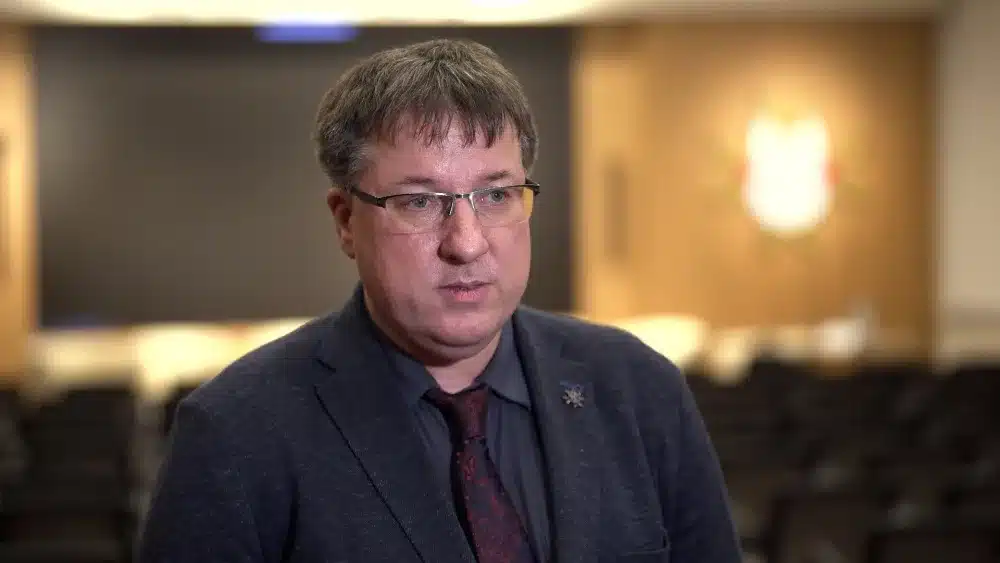In armed conflicts or other crises, the effectiveness of battlefield medicine often hinges on access to a patient’s medical records—whether the patient is a soldier or a civilian. However, despite the legal requirement for healthcare facilities to maintain electronic medical documentation, the systems used by different institutions in Poland are not interoperable. Moreover, the legal frameworks governing military and civilian medical documentation are entirely separate. Experts argue that creating a centralized service center to manage medical data could significantly enhance efficiency.
Current Challenges in Medical Documentation
“Every healthcare provider essentially uses its own system, known as hospital systems, which are designed for recording medical documentation and billing. These systems, however, are not equipped for sharing information with one another. While central systems, such as those managed by the Center for e-Health, allow for some information exchange, this depends on patient consent,” explains Colonel (ret.) Dr. Piotr Murawski, head of the IT Division at the Military Medical Institute – National Research Institute, in an interview with Newseria.
Legally, healthcare providers are permitted to share medical documentation with other entities if it is necessary to ensure continuity of care. In practice, however, medical facilities often refuse to share records, citing a lack of patient consent. Experts warn that if sharing medical data is this problematic during peacetime, the challenges could multiply during a crisis.
“If such consents are not available now, they won’t be during a conflict. This means information sharing will remain theoretical. We urgently need to centralize systems, at least for military institutions, so that the data is already accessible, with decisions about when and to whom it is shared being the only remaining steps,” emphasizes Murawski.
Critical Role of Medical Documentation in Wartime
In wartime, detailed health records of soldiers—covering chronic conditions, allergies, and past injuries—can be crucial for effective battlefield medical care. Without this information, providing medical assistance could take longer, which could be life-threatening in a conflict where every minute counts. Currently, receiving facilities often know only a patient’s age, gender, and injury type. For soldiers, their blood type may also be known.
“The integration of military and civilian systems is one of the most urgent needs today. Achieving this will require significant legislative and logistical efforts, but without it, improvements in healthcare system efficiency cannot be realized,” notes Murawski.
Legislative and Systemic Barriers
The lack of integration between military and civilian systems is mirrored in differing legal frameworks. Military and civilian regulations governing medical documentation are inconsistent, complicating the development of unified solutions.
“Legislative changes are needed to address these discrepancies, such as differences in the regulations for medical documentation issued by the Ministry of Health versus the Ministry of Defense. Responsibility for medical IT systems should also shift to the Ministry of Defense, which could establish a shared services center to allocate resources effectively,” says Murawski.
This shared services model would lower costs for healthcare providers and enable faster data exchange. In a crisis, having access to patient data before the patient arrives could be lifesaving. “The ability to prepare for a patient in advance significantly enhances safety and care quality,” Murawski stresses.
A Proven Model for Centralized Medical Documentation
Murawski highlights the success of centralized documentation in temporary medical facilities during the COVID-19 pandemic. For example, the Military Medical Institute provided full medical documentation services for a temporary hospital at Warsaw’s Okęcie airport and another in Legionowo, without additional expenses for electronic documentation.
“This verified model can be replicated, and we know it works,” Murawski assures.
The Path Forward
Experts agree that investing in a centralized shared services center should be a national priority. Such a system would ensure a coherent and comprehensive central medical documentation platform, accessible to all healthcare facilities across Poland.
“Unplanned scenarios are common in medicine. Pandemics or crises can arise suddenly, requiring immediate response, such as building a hospital within days. Centralized systems ensure readiness and efficiency in these unpredictable situations,” concludes Murawski.
This approach could dramatically improve the resilience of Poland’s healthcare system in both peacetime and emergencies, ensuring that medical professionals have the tools and information they need to save lives.
